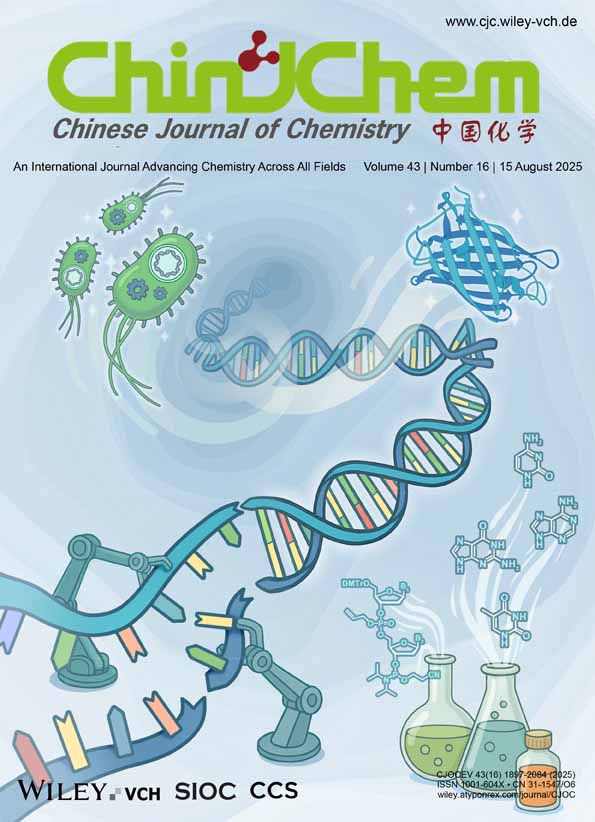C–H···Cl Hydrogen Bond and π- π Interaction Based Two 3D Supramolecular Architectures of Cu(II) and Co(II) Complexes with Chiral 1,2-Bis(benzimidazol-2-yl) ethane Ligand Containing 2D Grids
Abstract
Two new complexes, CuLCl2·2EtOH (1) and CoLCl2 (2) [L= (S,S)-1,2-bis(1-methylbenzimidazol-2-yl)-1,2-bis-(methoxy)ethane], have been synthesized in ethanol solution and structurally characterized by single crystal X-ray diffraction analysis. The crystal structure data indicated that ligand L was coordinated to copper(II) ion as a tridentate ligand using [N, N, O] atoms, while it was coordinated to cobalt(II) ion as a bidentate ligand using [N, N] atoms. The most striking common feature of the structures of both complexes is the formation of 2D grid structures, which are formed by six and three types of intermolecular hydrogen bonds for complexes 1 and 2. These 2D grids are extended by CH···Cl hydrogen bonds and π-π stacking interactions, leading to a 3D framework.




